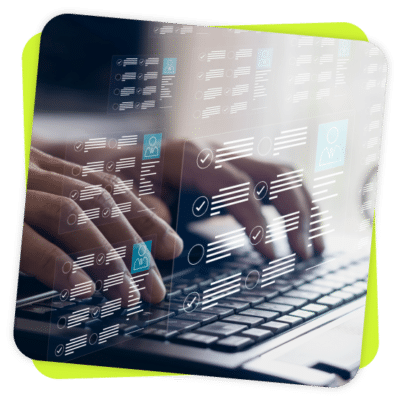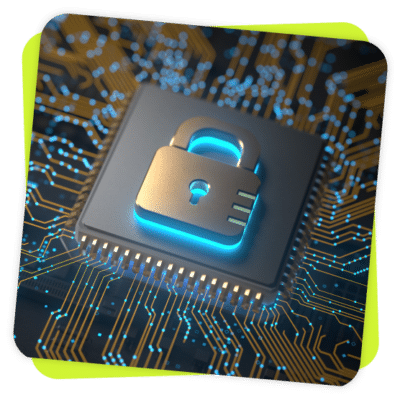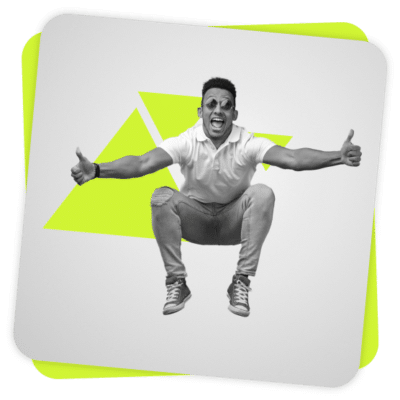Agentic AI in HR: The Two Engines of Knowing and Doing
Poornima Farrar
Chief Product Officer
The Agentic Hype vs. the Agentic Reality
If you believe the headlines, every HR tech vendor is suddenly selling “agentic AI.” The term has become shorthand for everything from smarter workflows to self-serve chatbots. But scratch the surface, and most of these so-called agents are just upgraded automation. Faster, yes, but still fundamentally reactive. Still dependent on human prompts. Still limited to a narrow set of pre-scripted tasks.
At Rival, we believe that’s not what agentic should mean.
True agentic AI isn’t about doing more tasks faster. It’s about designing systems that understand and act, not in isolation, but in tandem. Not just to check a box, but to drive real outcomes. The kind that elevates employee experience, improves decisions, and frees HR from the tyranny of transactional work.
To get there, we need a new mental model — one that separates signal from noise and sets a higher bar for what agentic AI in HR should be. This post is our blueprint.
We call it the dual-agent model:
- Knowledge agents that know: They interpret, contextualize, and advise across systems and signals.
- Automation agents that do: They take action instead of just following commands, and in ways aligned to human goals.
Best Practices for Using Agentic AI in HR: Partner, Not Just Perform
To be impactful, true agentic AI should do more than follow instructions. It should understand intent, adapt to context, and initiate action when appropriate. It should think critically before it acts, and sometimes choose not to act at all. (Related reading: in our second blog post in this series, “Busting Four Myths About AI in HR” we debunked common myths around AI Agents, including this idea that being conversational is the same as being agentic.)
This shift matters because the real promise of AI in HR isn’t going to be shaving seconds off a workflow. It will come through amplifying human impact and helping HR teams see patterns sooner, act with confidence, and design experiences that feel less bureaucratic and more personal. And that takes discernment.
Think about the characteristics of the colleagues you collaborate best with:
- They don’t wait for a checklist — they spot blockers and remove them.
- They bring insights unprompted.
- They know when to escalate, when to decide, and when to defer.
We want agentic AI to emulate that dynamic. When AI is designed to partner, not just perform, it becomes a force multiplier for the people strategy you actually want to deliver.
The Two Agentic AI Pillars: Knowledge + Automation
Most AI systems today are built to execute. But true agentic AI requires not only action but also understanding. That’s why Rival’s vision is built on a dual-agent model of knowledge agents and automation agents:
- Knowledge agents are systems that understand. They make sense of complex signals and contextualize data. The power of knowledge agents lies in integration and synthesis — pulling from disparate systems to deliver precise, relevant answers that actually help someone move forward.
- Automation agents are systems that act. Once the problem is understood, automation agents step in to resolve it. They take meaningful, multi-step actions on behalf of users. They handle full processes: updating records across systems, launching coordinated tasks across departments, and notifying the right people at the right time. A true automation agent is adaptive, modular, and policy-aware, designed to act in ways that reflect real-world complexity, not just executing pre-programmed steps.
Together, these models form the core of a truly agentic system that works alongside humans to anticipate needs, solve problems, and drive outcomes. But the real magic happens when knowing and doing are connected.
Individually, knowledge agents help people make better decisions. Automation agents complete tasks more efficiently. But when they operate as a system, they deliver proactively, without the human needing to chase it down.

HR Use Cases of AI Knowledge Agents and Automation Agents
Let’s say an HR team is reviewing onboarding delays.
- The knowledge agent detects a pattern: new hires are consistently stalled waiting on IT hardware. It identifies the root cause: delays in ticket resolution tied to a vendor change last month.
- Then the automation agent steps in to act: rescheduling training modules, updating orientation timelines, and notifying affected managers — all without a service request.
Or consider a self-service scenario:
- An employee asks, “Why haven’t I been paid my referral bonus?” The knowledge agent identifies the policy and sees the bonus was approved but held due to an incomplete W-9.
- Then the automation agent guides the employee through the form, submits it, and re-triggers payment.
This is what true agentic AI looks like: not a better inbox, but a system that understands why something matters and takes action aligned with that purpose — across tools, teams, and time. And because it’s outcome-aware, we start to see AI shift from helper to partner.
HR Will Lead the Shift — Not Just Buy the Tools
The future of agentic AI in HR won’t be determined by software vendors alone. It will be shaped by the questions HR leaders choose to ask right now.
Because agentic systems don’t just reflect code, they reflect choices HR practitioners are already grappling with:
- What decisions should we allow AI to make?
- What decisions should always stay human?
- What does a responsible agent look like in an HR context?
At first glance, these may seem like technical questions, but they’re really people questions. And they demand human-centered answers. This is why we are seeing a real overlap and blending between CHRO and CIO.
HR teams are uniquely positioned to lead this shift, but that means resisting the urge to treat AI as a plug-and-play solution or technical issue. Instead, it means setting guardrails, shaping intent, and advocating for systems that reflect the organization’s values, not just its workflows.
As we shared in Blog 1 of this series (our look back at how we got here), the last wave of HR tech was reactive — built to handle volume, not nuance. This time, HR has a once-in-a-generation chance to define the blueprint before the tools are fully built.
A Vision for the Next Generation of Agentic AI
If we get this right, the next generation of HR technology won’t just be faster. It will be smarter, more human, and more aligned with how organizations actually work.
At Rival, we believe future-ready agentic AI should:
- Think before it acts, surfacing insights when needed, not just when asked.
- Adapt to real-time signals, from policy changes to organizational context.
- Balance autonomy with oversight, knowing when to escalate and when to resolve.
- Serve human goals, not just execute technical logic.
Not every system will get there overnight. But this is the bar we should be setting and it’s certainly the direction Rival is building to.
Let’s Set the Bar Higher
Agentic AI in HR can’t be defined by convenience alone. It has to be in service of something more meaningful: better decisions, better experiences, and better outcomes for people.
That’s why Rival’s vision is built on two distinct yet complementary capabilities: knowledge agents that understand context, interpret complexity, and advise with confidence, and automation agents that take action, close loops, and move work forward. Together, they unlock something better than productivity. They unlock partnership.
In the next post in this series, we’ll move from theory to practice and share how Rival is bringing this dual-agent model to life across real HR use cases, with real design decisions.
Want to see how Rival is using the pillars of knowledge and automation in our AI-powered solutions? Explore Rival’s approach to AI — or talk to our team about how you can put agentic AI to work in your organization.


















